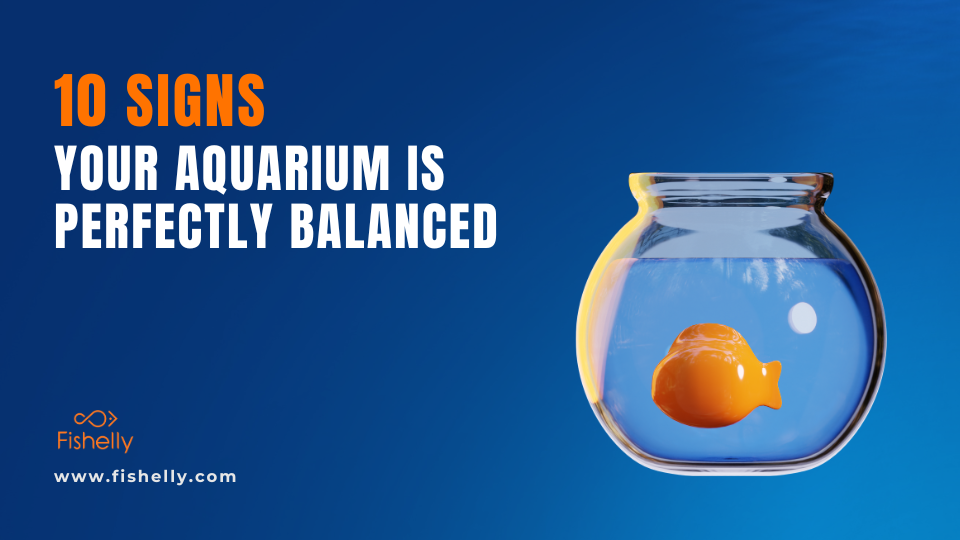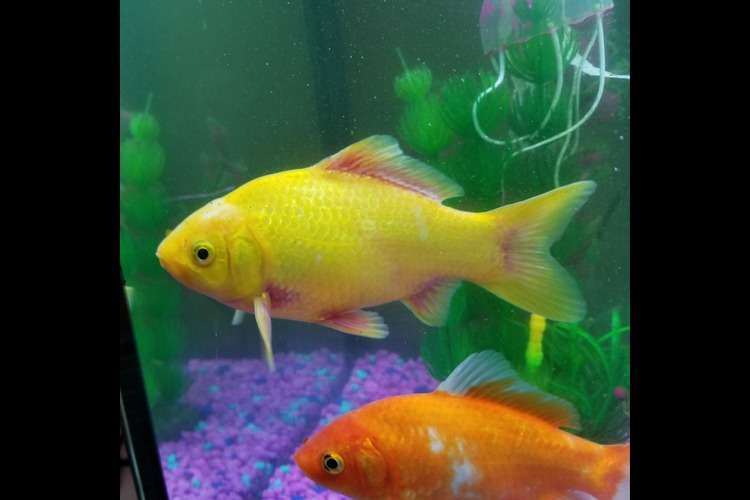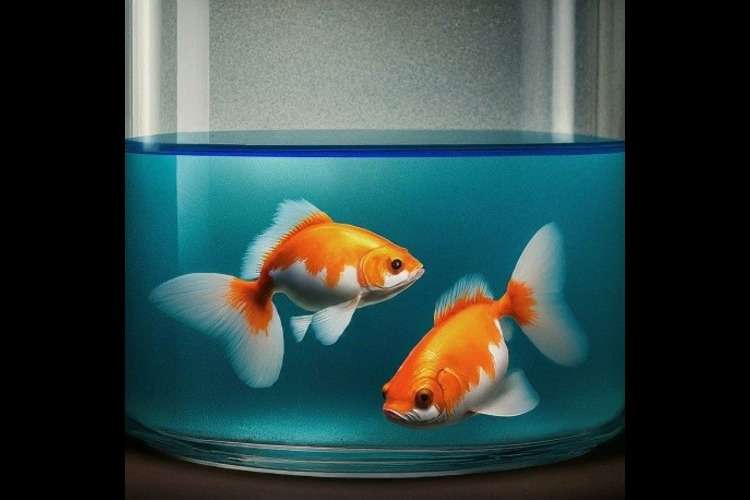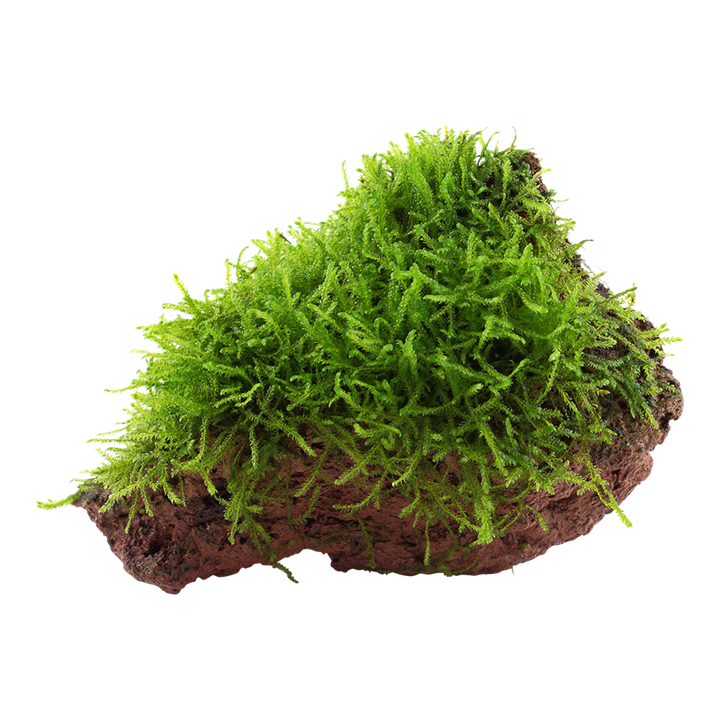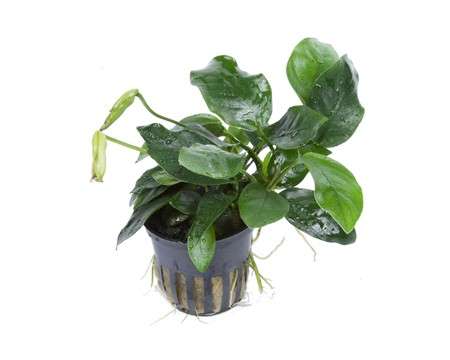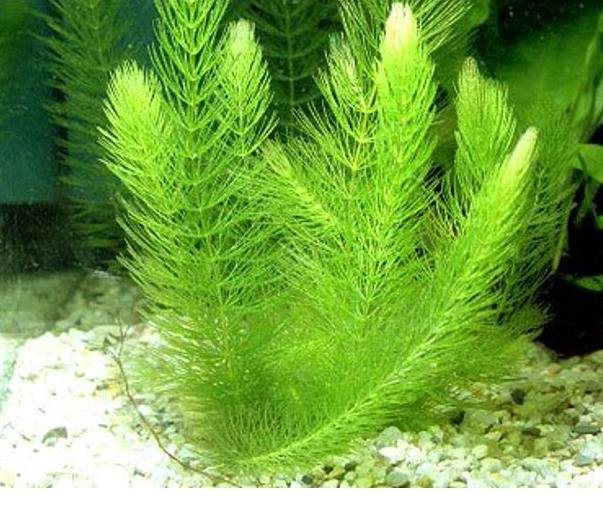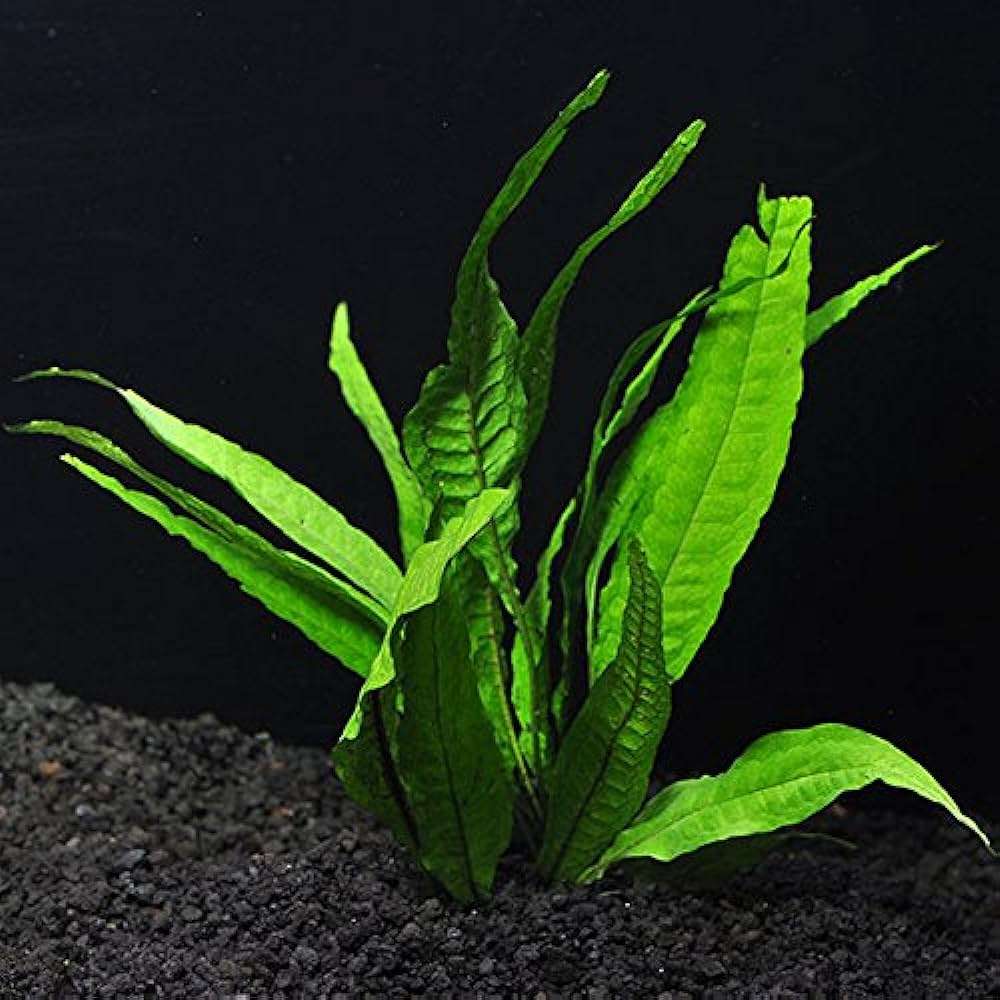10 Signs Your Aquarium is Perfectly Balanced
Discover the signs of a balanced aquarium, including crystal-clear water, stable parameters, healthy fish, and thriving plants. Learn essential tips to maintain a vibrant aquatic ecosystem for your fish and plants.
Table of Contents
- Clear water quality
- Healthy Fish Behavior
- Flourishing Plants
- Low Algae Growth
- Steady Parameters
- Active Biological Filtration
- Balanced Feeding Regimen
- Consistent Temperature
- Varying Occupants
- Low Disease Presence
- Faq
- Conclusion
A well-balanced aquarium would ensure the health of the fish and the aesthetic beauty that surrounds your aquatic environment. A balanced aquarium does not only promote the welfare of its inhabitants but also develops into a thriving ecosystem. There are five signs that define whether your aquarium is perfectly in balance, as well as some additional key points.
1. Clear water quality
A perfectly balanced aquarium is usually reflected through crystal-clear water. You can tell if your aquarium is free from cloudiness, discoloration, and debris, and the effectiveness of your filtration system. Healthy bacteria are also there in the aquarium to break the waste. Your aquarium would show stable pH levels in regular water testing with minimal ammonia, nitrite, and moderate nitrate. This would prove that your aquarium is in balance.
2. Healthy Fish Behavior
Observe the general activity of your fish. They should swim around vigorously without displaying much lazy behavior. If they seem to feed normally, colors are bright, and show no visible signs of stress or illness, it indicates that water parameters are safe and the aquarium environment is healthy. Drowsiness, hiding too much or erratic swimming can be related to disease.
3. Flourishing Plants
If you have live plants in your aquarium, then their health is a good indicator of balance. Healthy plants will be growing vigorously, having bright green leaves and thick roots. All these help in the growth of aquatic plants. The more vibrant your aquatic plants are, the more they oxygenate the water, absorb extra nutrients, and offer shelter for your fish, thus creating a better balance in your aquarium.
4. Low Algae Growth
Algae is normal, beneficial algae. However, abundant amounts of algae point toward imbalance. If the condition found in your aquarium possesses very minute and manageable levels of algae, it will determine your nutrient levels within that particular tank to be adequately well balanced and to give suitable equilibrium between the rate at which light has caused their development, waste emitted from the fish, and uptakes by the aquatic plant. Regular maintenance will not help in managing, neither does a proper feeding schedule.
5. Steady Parameters
The healthy aquarium has steady water parameters that do not vary much with time. Time-to-time checking of temperature, pH, hardness, and chemicals will give you the picture of the steadiness of your aquarium. Provided all the parameters are stable in ranges appropriate for your fishes and plants, it clearly reflects a healthy environment, while sudden changes may refer to a problem that is supposed to be corrected.
6. Active Biological Filtration
Biological filtration in your aquarium requires a healthy population of beneficial bacteria. It means that if you see ammonia and nitrite levels consistently zero, then your beneficial bacteria are doing their job efficiently. This would mean your tank is converting harmful waste into less toxic substances, hence further encouraging a balanced environment.
7. Balanced Feeding Regimen
A balanced aquarium requires a proper feeding regime for your fish. If your fish are eating well without leftover food decomposing in the tank, then it means you are feeding them the right amounts. Overfeeding leads to excess waste and nutrient spikes, which can easily upset the balance of the aquarium. A good feeding routine also means that fish are not competing for food, reducing stress and promoting healthy interactions.
8. Consistent Temperature
Aquatic life does best in narrow temperature zones. A steady temperature that suits the needs of your fish species in your aquarium is a critical sign that things are going just right. Abrupt temperature changes could cause stress to your fishes and affect their health and well-being. With an established heater and thermometer, you will easily maintain temperature constancy for an aquatic balance.
9. Varying Occupants
A balanced aquarium generally consists of mixed species that coexist peacefully. Fish and all other aquatic life have to be compatible with each other for the construction of a stable environment. A diverse tank helps minimize the overpopulation of the same species and allows them to naturally create a balance of power, thus avoiding extreme stress and facilitating harmony among the aquatic inhabitants.
10. Low Disease Presence
Healthy fish in a well-balanced aquarium are unlikely to be diseased. If your fish are mostly free from diseases, infections, or parasites, then let it be a sign that the water quality and all the surroundings are conducive to good health. Regular monitoring and prevention measures will help keep diseases away and add stability to the balance of the ecosystem.
Faq
1.What are the signs of a balanced aquarium?
Clear water, healthy fish, thriving plants, low algae, stable parameters, effective filtration, proper feeding, consistent temperature, diverse species, and low disease presence.
2.How can I tell if my aquarium water is clear?
Look for no cloudiness, discoloration, or debris, and test for stable pH and low ammonia/nitrite levels.
3.What healthy fish behaviors should I observe?
Active swimming, bright colors, normal feeding, and no signs of stress.
4.Why are plants important for balance?
They oxygenate water, absorb nutrients, and provide fish shelter.
5.How much algae growth is normal?
A small amount is fine, but excessive algae indicates an imbalance.
6.What parameters should I monitor?
Temperature, pH, hardness, ammonia, nitrite, and nitrate levels.
7.How do I maintain biological filtration?
Ensure beneficial bacteria are present; ammonia and nitrite levels should be zero.
8.What is a balanced feeding regimen?
Feed the right amount, ensuring no leftovers to prevent excess waste.
9,How do I keep a consistent temperature?
Use a reliable heater and thermometer; regularly check the temperature.
10. Why have diverse fish species?
Diversity reduces competition and enhances harmony in the tank.
11. How can I prevent diseases?
Monitor fish health, maintain good water quality, and provide proper nutrition.
12. What maintenance practices help balance the aquarium?
Regular water changes, parameter testing, appropriate feeding, and tank cleaning.
Conclusion
A balanced aquarium is important for your fish and the health of your plants. These signs will be evident, such as clear water, healthy fish behavior, flourishing plants, minimal algae growth, consistence of parameters, active biological filtration, balanced feeding, stable temperature, diverse inhabitants, and low disease incidence. That work calls for regular maintenance, proper feeding, and water testing to actually create or achieve that perfect balance so you can enjoy your beautiful, healthy aquarium over the years.
